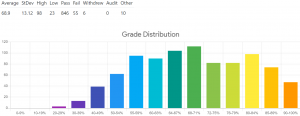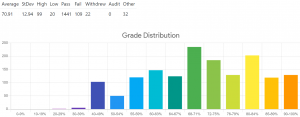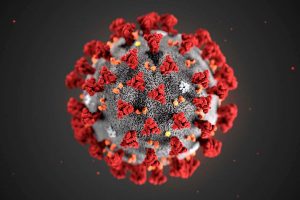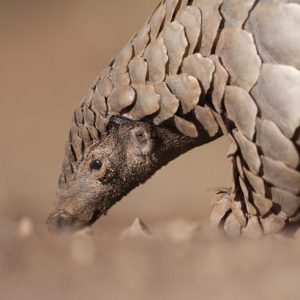There’s really no sugar-coating it, this course is a train-wreck from beginning to end. MATH 103 is a calculus course with a focus on integrals and their applications to biological-relevant problems.
format of the course
The format of the course consists of in-person lectures where the professor hand-writes the notes on a doc-cam. There are small assignments done online (web-work) as well as in-class quizzes and exams (may vary according to prof). Unfortunately, it feels like the course is setting students up to fail rather than succeed, in other-words, it is obvious that this is a weeder course.
The notes are very dense, and made even more complicated by messy handwriting (again prof dependent). The textbook just makes things worse by being overly complicated as well, and assumes too much background knowledge that a first-year student should know.
For my class, there were in-class quizzes, and these were very poor evaluation tools. They give you 20 minutes to solve a bunch of integrals, which gives absolutely no room for thinking. Albeit, when I was taking it the course, we were the guinea pigs for the new quiz format. On the other hand, the web-work questions were hard, but I found them challenging and fun! They got one thing right!
GPA 🙂 or 🙁
This will definitely destroy your GPA. It seems like the exam formatting is always changing for this course. Someone thought it was a good idea to change the final exam from a historical 9 questions long to near 30 for my year. I have heard that they further changed the exam to an online format the following year. The class average for my year was 69. Here is a distribution from winter 2018:

MATH 103 grade distribution. Credits: ubcgrades.com
verdict? to take or not to take
If you have a choice, don’t take it! This course is poorly run, and gives off a very off-putting vibe. If you like calculus, I would look into other integral calculus equivalents!




